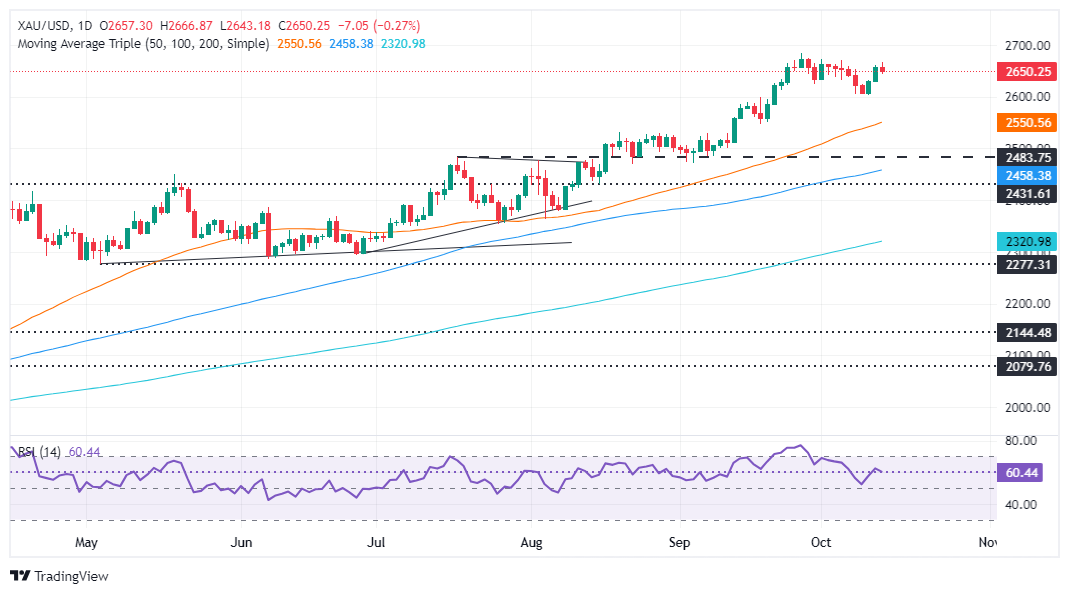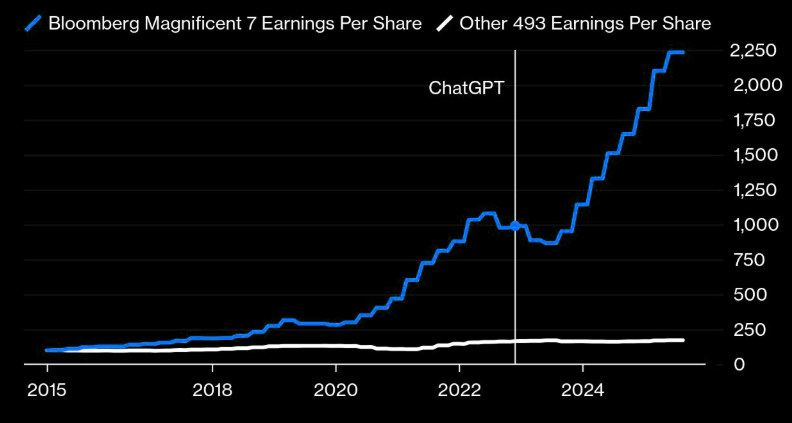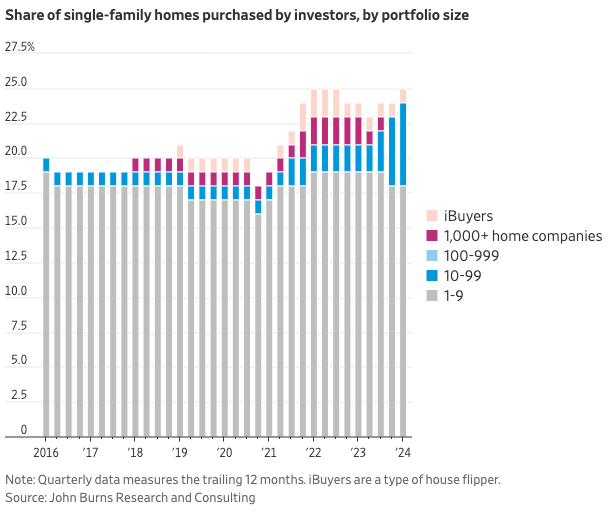- Gold slips as China’s stimulus efforts fail to ease deflationary pressures.
- Minneapolis Fed President Kashkari’s comments on modest rate cuts and a strong labor market further support the Greenback.
- Geopolitical tensions, including Israel’s response to Hezbollah and Iran, continue to influence Bullion prices, with traders eyeing US economic data later this week.
Gold price retraces after hitting a daily high of $2,666 on Monday as China’s stimulus failed to provide relief to the financial markets and the Greenback extended its advance. The XAU/USD trades at $2,650, down some 0.26% at the time of writing.
Over the weekend, data revealed that China’s economy faces deflationary pressure that threatens to derail it from achieving the 5% Gross Domestic Product (GDP) goal. Regarding this, China’s Finance Minister Lan Foan announced that the government will continue providing stimulus, supporting the property market and replenishing state bank capital to boost the economy.
In the meantime, the US bond market remains closed in observance of Columbus Day, yet Bullion prices slipped amid a strong buck.
The US Dollar Index (DXY), which tracks the Greenback’s value against a basket of six currencies, edged up 0.38% to 103.30, its highest level since early August 2024.
Earlier, Minneapolis Fed President Neel Kashkari revealed that he expected “further modest reductions in our policy rate.” He added that recent jobs data shows a strong labor market and that the economy is finally bringing inflation back to 2%.
Meanwhile, geopolitics will continue to play a role when quoting the yellow metal.Newswires reveal that Israel began a security meeting to decide its response to Iran and Hezbollah attacks in Tel Aviv.
This week the US economic schedule will feature the New York Empire State Manufacturing Index on Tuesday, followed by the Balance of Trade on Wednesday. Federal Reserve (Fed) members will also be speaking throughout the week.
Daily digest market movers: Gold price traders eye key US economic data
- On Tuesday, according to estimates, the New York Empire State Manufacturing Index for October is expected to fall from 11.3 to 2.3.
- Fed officials, including San Francisco Fed President Mary Daly, Board Governor Adriana Kugler, and Atlanta Fed President Raphael Bostic, are scheduled to make public remarks.
- The combination of a slightly higher Consumer Price Index (CPI) and a weak US employment report on Friday could lead to additional rate cuts by the Fed.
- The yield on the benchmark US 10-year T-note remains above the 4% threshold amid diminishing odds of the Fed's more aggressive policy easing.
- Data from the Chicago Board of Trade, based on the December fed funds rate futures contract, indicates that investors are pricing in 46 basis points (bps) of easing by the Fed toward the end of 2024.
XAU/USD technical outlook: Gold price slumps toward $2,650
Gold price uptrend remains intact despite retreating from around $2,660 toward the $2,650 area. Momentum is bullish, as shown by the Relative Strength Index (RSI), though the RSI edges slightly lower, an indication that some selling pressure remains.
If XAU/USD drops below $2,650, it could pave the way for further downside. The next key support level would be $2,600. A breach of the latter will expose the 50-day Simple Moving Average (SMA) at $2,5550.
Conversely, if XAU/USD clears the October 4 high at $2,670, this could pave the way to challenge the YTD high of $2,685, which is ahead of the $2,700 mark.
Risk sentiment FAQs
In the world of financial jargon the two widely used terms “risk-on” and “risk off'' refer to the level of risk that investors are willing to stomach during the period referenced. In a “risk-on” market, investors are optimistic about the future and more willing to buy risky assets. In a “risk-off” market investors start to ‘play it safe’ because they are worried about the future, and therefore buy less risky assets that are more certain of bringing a return, even if it is relatively modest.
Typically, during periods of “risk-on”, stock markets will rise, most commodities – except Gold – will also gain in value, since they benefit from a positive growth outlook. The currencies of nations that are heavy commodity exporters strengthen because of increased demand, and Cryptocurrencies rise. In a “risk-off” market, Bonds go up – especially major government Bonds – Gold shines, and safe-haven currencies such as the Japanese Yen, Swiss Franc and US Dollar all benefit.
The Australian Dollar (AUD), the Canadian Dollar (CAD), the New Zealand Dollar (NZD) and minor FX like the Ruble (RUB) and the South African Rand (ZAR), all tend to rise in markets that are “risk-on”. This is because the economies of these currencies are heavily reliant on commodity exports for growth, and commodities tend to rise in price during risk-on periods. This is because investors foresee greater demand for raw materials in the future due to heightened economic activity.
The major currencies that tend to rise during periods of “risk-off” are the US Dollar (USD), the Japanese Yen (JPY) and the Swiss Franc (CHF). The US Dollar, because it is the world’s reserve currency, and because in times of crisis investors buy US government debt, which is seen as safe because the largest economy in the world is unlikely to default. The Yen, from increased demand for Japanese government bonds, because a high proportion are held by domestic investors who are unlikely to dump them – even in a crisis. The Swiss Franc, because strict Swiss banking laws offer investors enhanced capital protection.
Tags: Featured,newsletter

































